Graffiti at schools is a pervasive problem – and it seems these days students aren’t the only culprits, as proved by one misguided Trump supporter. Graffiti is not just an eyesore; it impacts on a school’s reputation by making it seem uncared for and unsafe, and the removal of graffiti can also result in large financial costs for the school.
Deterring graffiti in schools, though, can seem like a daunting task. Its inherent secretive nature means it is difficult to catch students in the act and make them accountable for their actions. But if the problem is not tackled early on, it can quickly spiral out of control. That is why it is important to take a firm and multifaceted approach to nip the issue in the bud.
Here are our top three tips on how to deter graffiti in schools.
1. Make hotspots less appealing to vandals
There are certain areas that become targeted by vandals, often referred to as graffiti hotspots. This includes
- large, blank, smooth walls;
- elevated positions that are highly visible; and
- areas that are obscured from view, such as bathroom stalls.
However, certain design techniques can go a long way in deterring offenders.
For example, walls that have very rough and uneven surfaces, or which are painted a darker colour, are more difficult to apply paint or markers to. You could also plant thorny hedges along the wall, or allow vines to grow on the wall, which will again make the surface harder to paint.
You could also limit access to elevated, high-visibility areas by removing any natural ladders and ensuring outdoor bins are secured.
Bathrooms could also be redesigned with a labyrinthine entrance, rather than a door, so it’s easier for teachers to hear the tell-tale sounds of students vandalising and catch them in the act. Students will also feel more exposed, and therefore less inclined to graffiti.
Assess your school’s hotspots, and think about what measures can be taken to make applying graffiti more difficult.
One thing that also often promotes graffiti is the existence of other graffiti. A space that is well-maintained will inspire others to treat it with respect. In contrast, a space that looks uncared for will just incur more misuse.
That is why it is crucial to remove graffiti as soon as possible. Applying anti-graffiti coating to all hotspot areas can make graffiti much easier to remove, and prevent the need for the use of harsh chemicals.
2. Encourage students to take pride in their school environment
If students are proud of their school, they are going to want to keep it in pristine condition. And having a sense of ownership over their environment can go a long way to instilling pride.
Ask teachers to assign students tasks to help keep the classroom clean and tidy, such as putting away materials or cleaning the whiteboard. Instilling these behaviours in the classroom gives students a sense that they are contributing to making their surroundings appealing, and might encourage them to adopt these behaviours outside of the classroom too.
You could even take this a step further by having an 'adopt-a-school-location' program, where each class is in charge of a certain area of the school, such as the cafeteria, with a reward given if the area is well-kept for a certain number of consecutive days.
Of course, students are less likely to be enthusiastic about such programs if the school is not already in an excellent condition. Pride in school environment starts with the faculty and staff, so ensure all facilities and areas throughout the school are clean and well-maintained – and perhaps even freshly painted – before you implement such a program.
It can also help to educate students about graffiti and its negative effects. As part of the Western Australian state government’s ‘Goodbye Graffiti’ initiative, they have put together teaching resources for preschool through to Year 10, to help teach students about the consequences graffiti can have on the individual and the community. Starting interventions early is a long-term solution to preventing future vandals.
3. Start an urban art project at your school
Urban art, which, unlike graffiti, is legal and sanctioned, can be a positive way to prevent graffiti in schools. Involving students in an urban art project can be effective in several ways:
- By placing attractive artwork on the surface, it becomes less appealing to vandals – the surface is no longer a ‘blank canvas’ waiting to be painted on.
- By being involved in creating the artwork, students gain a sense of ownership and pride in their school environment.
- It also gives students a creative outlet, so they don’t feel the need to express themselves in anti-social ways.
An urban art project in Melbourne
Is there a particular graffiti hotspot at your school that could be the perfect canvas for an urban art project?
Deterring graffiti at school is not easy, and it won’t disappear overnight. But by coming at the problem from several angles, and considering how environment and education can play a part, you can prevent graffiti from becoming an ongoing and costly problem.
And if all else fails, take a note out of this American professor T Steuart Watson book. He completed a study on graffiti which found by adding a sign on the problem area’s wall, graffiti was no longer a problem.
The sign read “A local licensed doctor has agreed to donate a set amount of money to the local chapter of the United Way [a heavily publicised American charity organisation] for each day this wall remains free of any writing, drawing, or other markings'." 50 days later there were still no graffiti marks! He hypothesised the sign’s rules were likely followed due to a person of authority and of good standing (the doctor) promising the to deliver the money.
No matter what you choose to do, whether it’s painting over the graffiti, or starting an urban art project or implementing some preventative design techniques, the first step to any project is effective risk assessment. Download our worksite risk assessment template and be prepared today.
Higgins Coatings is Australia's premier commercial painting contractor with over 70 years of experience in providing a cost-effective painting service and tailored maintenance solution for your education facility. Contact us for a consultation.
Recent Posts
-
The cost-effective solution
Dhananjay Kapoor07 Oct 2025 at 10:10 PM -
Why schools are choosing floor rejuvenation
Dhananjay Kapoor07 Oct 2025 at 10:09 PM -
Why leading schools choose Higgins for floor rejuvenation
Dhananjay Kapoor07 Oct 2025 at 10:09 PM -
Floor rejuvenation in action
Dhananjay Kapoor07 Oct 2025 at 01:53 AM -
Top trends affecting the value of commercial property in Australia
Higgins Coatings01 Jul 2025 at 01:30 AM -
Your guide to budgeting for commercial building painting
Higgins Coatings23 Jun 2025 at 11:15 PM -
Painting apartment exteriors: Best practices
Brendan Childs02 Mar 2025 at 10:00 PM -
Strata painter: 7 key considerations for hiring
Narell Majic02 Feb 2025 at 10:00 PM -
How to find good tradespeople you can always rely on
Sam McHugh08 Jan 2025 at 10:00 PM










